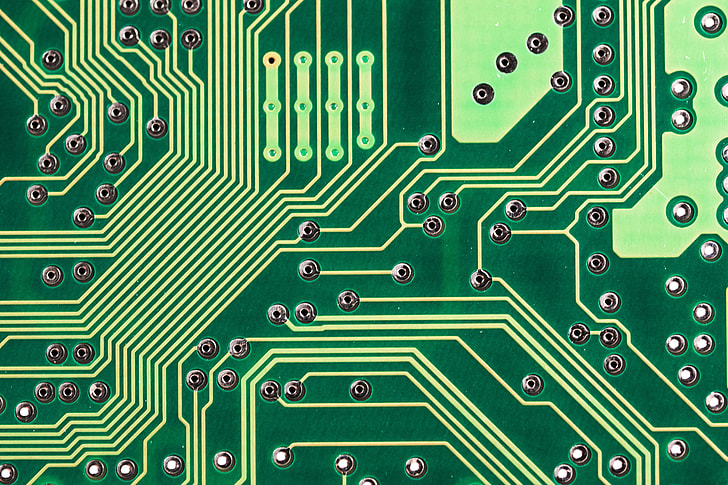TIP31A is an NPN Bipolar power transistor. It is easily available and cheap. Among the many reasons why it is popular is because of its many electrical characteristics. It has a good amplifying factor and a linear gain. You can also control the transistor using a microcontroller because of its high-speed response and gain.
If you are looking for a random switching device, this is the transistor you should go for. You can use the transistor in different instances. The transistor can switch your device for medium power loads.
TIP31A datasheet
According to its datasheet, some of the main specs of the transistor are:
- Collector current of 3A
- Emitter base voltage of 5V
- Collector base voltage of 60V
- The collector-emitter voltage of 60V
- Available in To-92 package
- Storage and operating junction temperature range is -65 to +150oC
- Transition frequency of 3MHz
- DC gain of 10 to 50hfe
- Collector dissipation of 40W
The following are the key application areas for the transistor:
- Signal amplifiers
- Audio amplifiers
- Relay drivers
- Lighting systems
- DC motor speed control
- PWM applications
- Switch-mode power supply
TIP31A pinout

As is with all transistors, TIP31A has three pins. Pin 1 is the base pin that turns the transistor in because it is the trigger. Pin 2 is the collector and is connected to the load. Pin 3 is the emitter and is connected to the ground.
Have a look at the TIP31A pinout diagram above.
TIP31A Equivalents and Replacement Details
TIP31A NPN Bipolar power transistor has the equivalents of TIP31A are TIP31E, TIP31D, TIP31CGM TIP31CF, TIP31C, TIP31BG, TIP31B, TIP31AG, MJF31CG, MJF31C, BDT31C, BDT31B and BDT31A. The complementary transistor for TIP31A is TIP32A. There is also a lead-free version of the TIP31A; TIP31AG transistor.
It is recommended to check the pin configuration and parameters carefully before making replacements. Replacing without considering the gain, current, and voltage parameters might lead to permanent loss.



